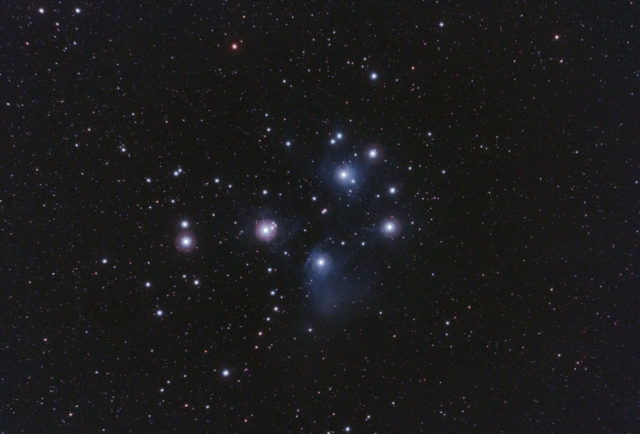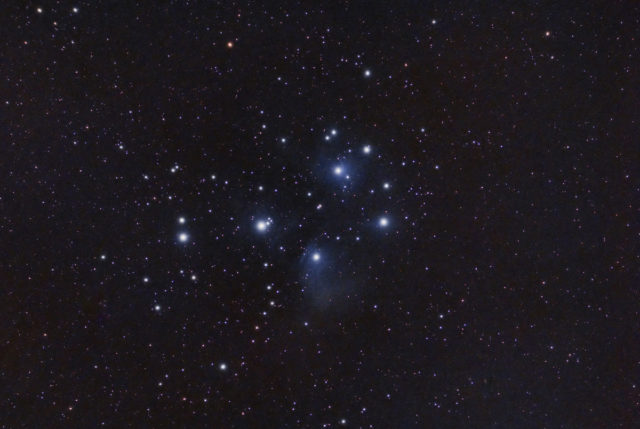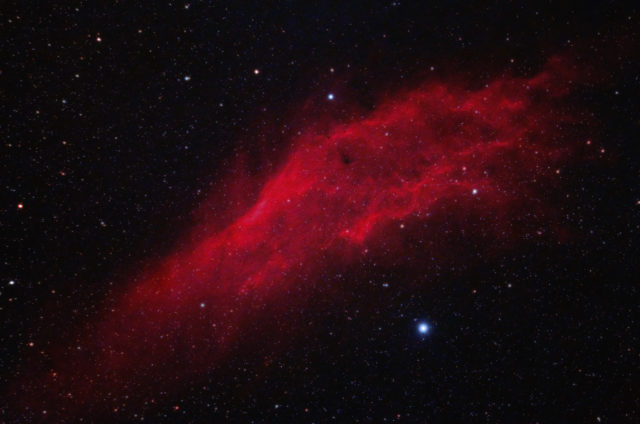
On Wednesday afternoon, Dec 20th, 2023, it was clearer than predicted. So, I broke out the scope and setup to catch the first quarter moon and test a filter I purchased last year that I only used twice.
My main problem with using this filter was getting my flats to work when using the QHY294C camera. I was never really successful last year and I had to manually do flat calibration in FitsWorks, which was a pain. So, my first step was to get a good flat and hope that it worked with the 3 minute exposures I planned to use.
Conditions that evening were predicted to be clear, but only average transparency. In actuality, it was average to below average with a few high clouds that came in periodically. Oh, well… I was not expecting to get any keepers this night, but I still wanted to test that filter.
The Antlia Triband RGB Ultra filter, a lower cost triband filter that I had mixed results with at a dark location last year, was what I wanted to use and test from my heavily light polluted metro area location. It would be the first time to try it in this kind of heavy LP.
So, the first image at the beginning of the post is how the UHC-S filter performed with 9×3 minute subs. The conditions were better when this image was taken, so keep that in mind.
Next, here’s how the Antlia Triband RGB Ultra filter did with roughly the same exposure on a below average night:

Almost a match for how much nebulosity it picked up, but the key differences are the star halos that the UHC-S filter tends to produce on bright stars and the lack of halos for the Antlia filter, plus the much stronger blue channel with the Triband.
Next, I put it to a real-world test with 50 sub-images of the California Nebula:

I noticed during the acquisition of these that the filter was performing really well, and my flat was working reasonably well. It was not perfect, but good enough for what I intended to accomplish.
I have a second version of the processing using a PS Starless action. Not as clean as a removal as StarNet++, but it’s very fast!

After this, I wanted to try it on the Horse Head and Orion Nebula. I started on the Horse Head, but didn’t get too far because my scope was starting to point directly at the parking lot lighting next door. Once the light was directly hitting the lens, that was it. So, only 4 sub-images were good out of the dozen or so I took.
I opened the stack in FitsWorks while still imaging it and cropped out the bad part that had caught the direct view of the streetlight. I spent only about 5 to 10 minutes fussing with it in FitsWorks, which has very limited image editing tools. It came out much better than I anticipated:

Here’s the same image, but it is the uncropped, full-field. I worked on it in PSCS3 to repair the damage from the streetlight’s strong gradient in the top left corner and do a better processing job than what FitsWorks does:

So, my conclusions are this filter, with a good flat, tends to work better in heavy LP than the UHC-S filter. Mainly because it doesn’t produce bad halos around bright stars. But, it is also because it has a great blue channel, unlike the UHC-S. That sure makes color balancing easier and I can go after broadband targets in addition to just nebulae.
BTW, I never did get a shot of the moon that night. The filter test results were too good and I didn’t want to waste any time that I could otherwise use to test it on more nebulae.
